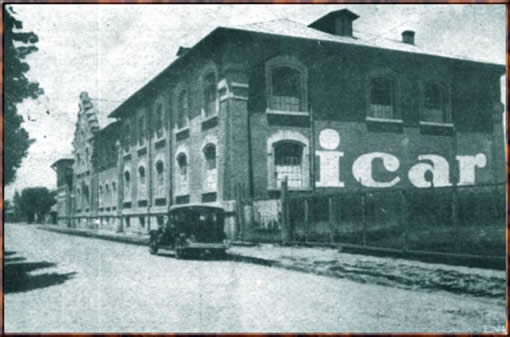Next came the ICAR Comercial ( the first purpose-built
Romanian airliner ), and ICAR Turing, the last civilian aircraft
built by ICAR. The ARR placed an order intially for ten modified Universal's,
and later on for the manufacturing of the main component parts for three
Savoia-Marchetti S.62bis hydroplanes. Having successfully completed
this task, the ICAR company "specialized" in building trainers
and liaison aircraft for the ARR : in 1938, 20 of the excellent American
Fleet F-10G trainers were ordered, in 1939 70 more F-10G's rolled off
the assembly line, and an order for 50 additional F-10G's was canceled
and replaced by an order for 50 Grünau-9 small gliders. Last but
not least, the Fieseler Fi 156Ca-3 all-purpose airplane entered production,
and a total of 94 were eventually built, including 24 Fi 156D's destined
for medevac missions.

